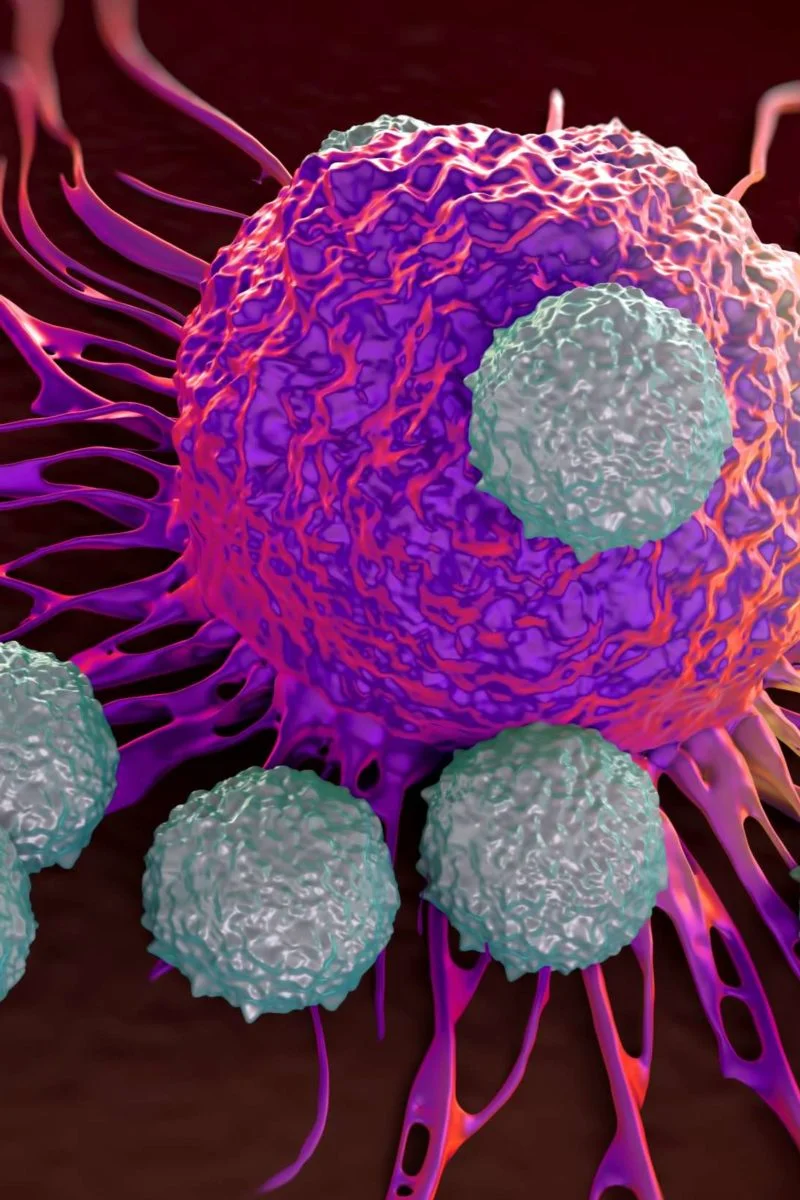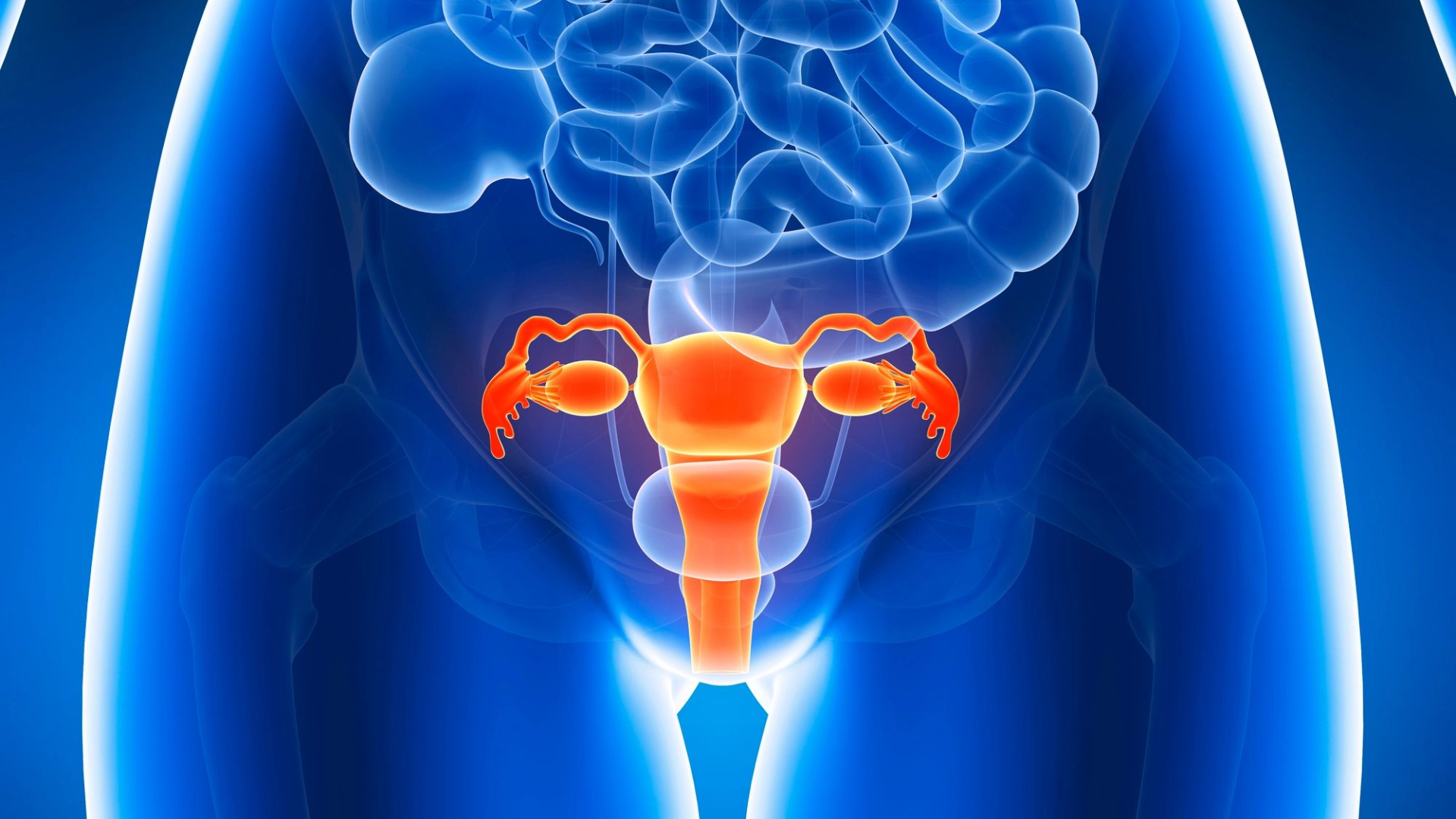Ovarian Cancer
What Is Ovarian Cancer ?
The development of ovarian cancer occurs in the ovaries, which are the reproductive organs where eggs and hormones come from. Though its exact etiology is unknown, some factors, such as genetic predisposition, hormonal imbalances, and environmental impacts, can lead to its development. Knowledge about how ovarian cancer progresses and spreads is critical for designing practical treatment approaches to enhance patient outcomes.
During progression, ovarian cancer tends to invade adjacent tissues and organs. Invasive carcinoma may penetrate through the capsule into the pelvic cavity with diffusion into surrounding structures like fallopian tubes, uterus, or bladder. Several factors impact ovarian cancer spread, including dimensions of the malignant growth (tumor size) and biological markers like hormone receptor status.

Ovarian Cancer Treatments
Ovarian cancer starts when genetic mutations take place within the ovary cells. These mutations impede the normal regulation of cell division, leading to the uncontrolled growth of abnormal cells. At first, there may be no symptoms in the case of a tumor confined to an ovary.
Ovarian cancer treatment should be tailored to suit various elements:
- The stage of the disease
- The overall health of the patient
- Individual preferences
Surgery, chemotherapy, targeted therapies, and immunotherapy are just a few of the treatment options to overcome this formidable enemy.
Surgery
Surgery is crucial in dealing with ovarian cancer, especially in its early stages. The primary aim of surgery is removing as much tumor as possible together with any affected tissues or organs around it.
Depending on how far the disease has spread, procedures may include:
- Total hysterectomy.
- Bilateral salpingo-oophorectomy (this is a removal of both ovaries and fallopian tubes).
- Omentectomy (removal of fatty tissue covering intestines).
Chemotherapy:
Chemotherapy is the cornerstone for treating ovarian cancer either before or after surgery or in combination with other treatments.
Drugs like Platinum-based chemotherapy, such as carboplatin and cisplatin, are commonly used to kill or slow down cancer cells.
Immunotherapy:
Immunotherapy is an anti-cancer approach that uses the body’s immune system to identify and kill malignant cells. Checkpoint inhibitors unleash brakes on immune cells; hence, they can launch a mighty anti-cancer response.
Targeted Therapies:
Targeted therapies provide a more specific way to treat cancerous and tumor cells in particular areas in your ovary and surrounding tissues.
Ovarian Cancer Diagnosis
The first step in diagnosing ovarian cancer is a comprehensive clinical assessment. Physicians, therefore, carefully examine the patient’s medical history and look for any symptoms or risk factors that may suggest the condition. Some of the symptoms that should be treated suspiciously are bloating, pelvic pain, changing bowel habits, and frequent urination.
Imaging Studies
The detection of ovarian tumors, as well as the assessment of their extent, is immensely facilitated by imaging techniques. Transvaginal ultrasound (TVUS) and pelvic ultrasound provide clear images of ovaries to detect abnormalities such as masses or cysts. Computed tomography (CT) scans and magnetic resonance imaging (MRI) also help.
Tumor Marker Analysis
Tumor markers like CA-125 are significant in the diagnosis of ovarian cancer. Higher levels of CA-125 detected in blood can highlight the presence of ovarian cancer, although it is not specific to this condition and can be elevated by other causes.
Biopsy and Surgical Intervention
Whenever imaging studies together with tumor markers show signs suggestive of ovarian malignancy, a biopsy may be performed to get tissue samples for further diagnosis. These procedures might include minimally invasive methods such as fine-needle aspiration or core needle biopsy under guidance from imaging techniques.


Causes and Risk Factors of Ovarian Cancer
Ovarian cancer can be caused by many factors, which may include age women of age above 50, a family history of cancer, women who had late pregnancies, etc.
Some patients are having early periods and late menopause, which also causes ovarian cancer to happen.
Several risk factors enhance the chances of ovarian cancer, which are listed below
- Older age
- Overweight or being obese
- Late pregnancy or late menopause
- Genetic history of cancer
- Mutations or genetic changes
Signs of Ovarian Cancer
Following are some common signs and symptoms of ovarian cancer. Some people show one of them, while others may show combinations of symptoms.
- Irregular periods
- Tiredness or feeling of weakness
- Irregular bowel movements, including diarrhea and constipation
- Frequent Urination
- Pain in the back or different areas of the body
At North Houston Cancer Clinics, our expert technicians and doctors have highly advanced tools to detect the signs and symptoms for early detection of ovarian cancer.

